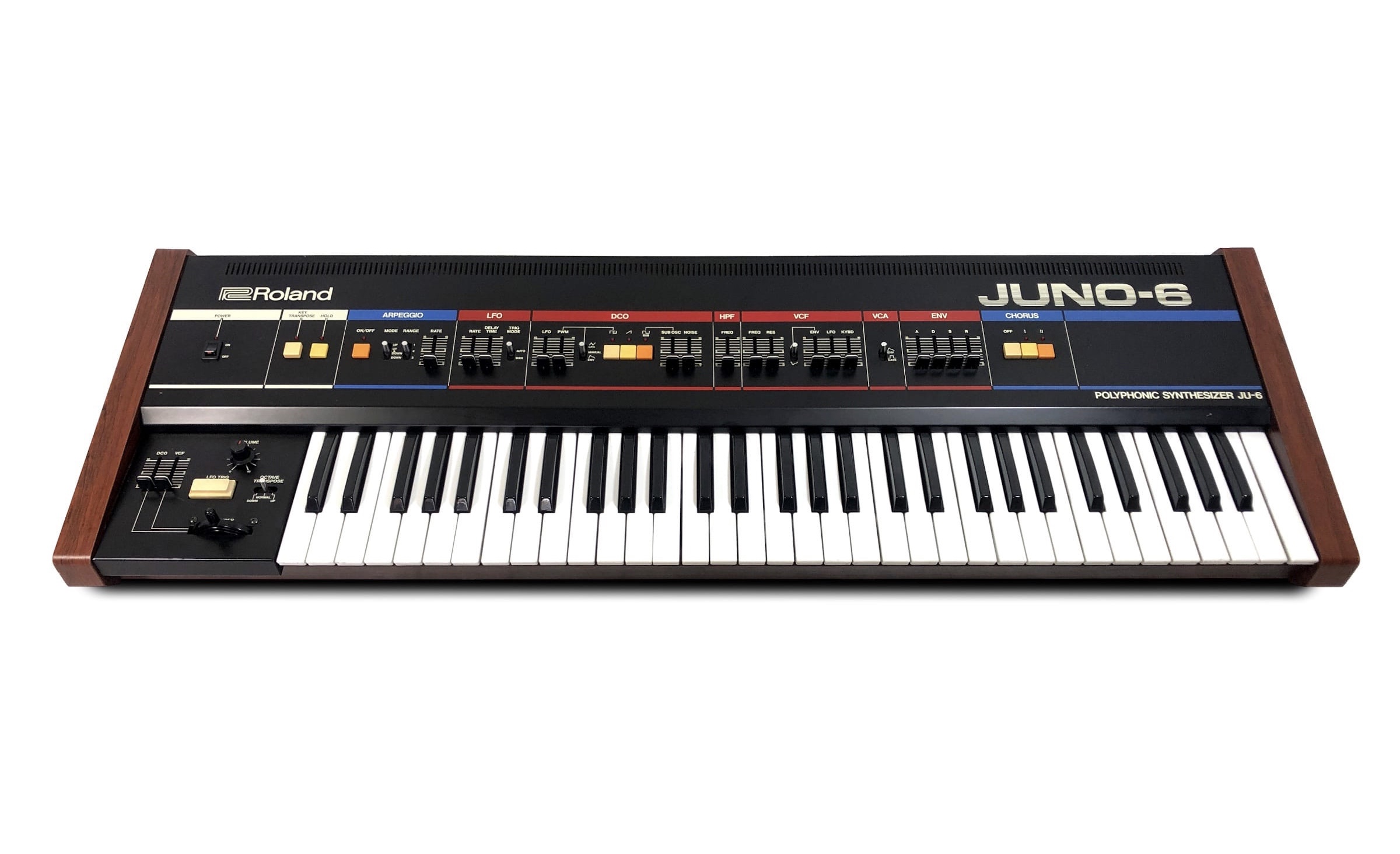

Synth architecture – reduction to the minimum (?)Ĭompliment to those engineers who developed this cut-down classic that sounds so good! There are not many features on the Juno-60, it’s really sort of a “reduction to the minimum”. Good news for those musicians who didn’t need the Juno-60 immediately and who look out for it on the vintage market now.

The Juno-6 was a sensation, but as technical development went on, Roland released the Juno-60 within one year! The successor not only had the “brand new” DCB-port, but also memories as well … all together at practically the same price as the original Juno!īad news for those musicians who needed the Juno-6 immediately and who should have been waiting for a couple of months.ĭespite massive competition on the synth market (Korg’s Polysix was the most successful keyboard at that time, breaking the 50.000 unit mark), the Juno-60 still was a well-selling instrument for Roland: 30.000 instruments were sold. When the Juno-6 hit the market, it was sort of an innovation – true classic and quite powerful synth with six voices, sounding very similar to the expensive Jupiter-8, but at a much lower price level. … was a dead failure – at least considering their introduction of the Juno-series. Considering sonic warmth and earthy richness, the Juno-60 is on the same level as the nice Jupiter-8, maybe it’s even a little above (!) the Jupiter. And there will be NO FX-soundtracks produced on a Juno-60.īut still, basic sound on both instruments is very similar.

Sure, the timeless and extremely balanced design of a Jupiter-8 IS unbeatable. Nevertheless – the Juno-60 synthesizer is no ordinary cheap polysynth, we rather think it’s a real substitute for the sought-after flagship Jupiter-8. It’s getting a little embarrassing talking about another “unbelievable” classic synth, another “must-have”.


 0 kommentar(er)
0 kommentar(er)
